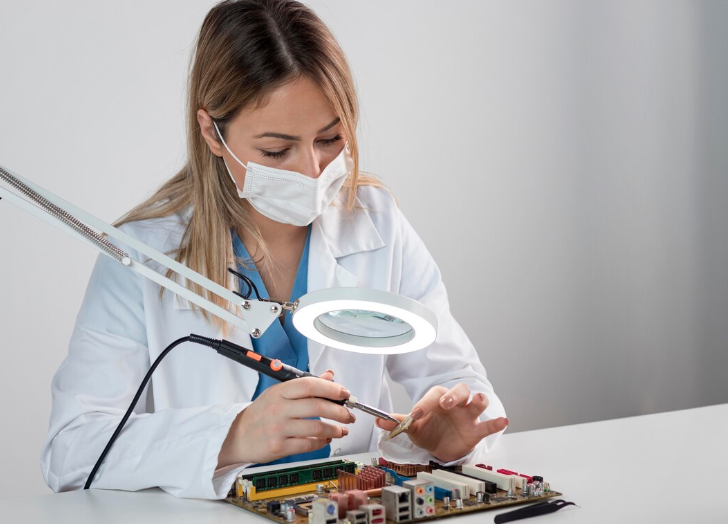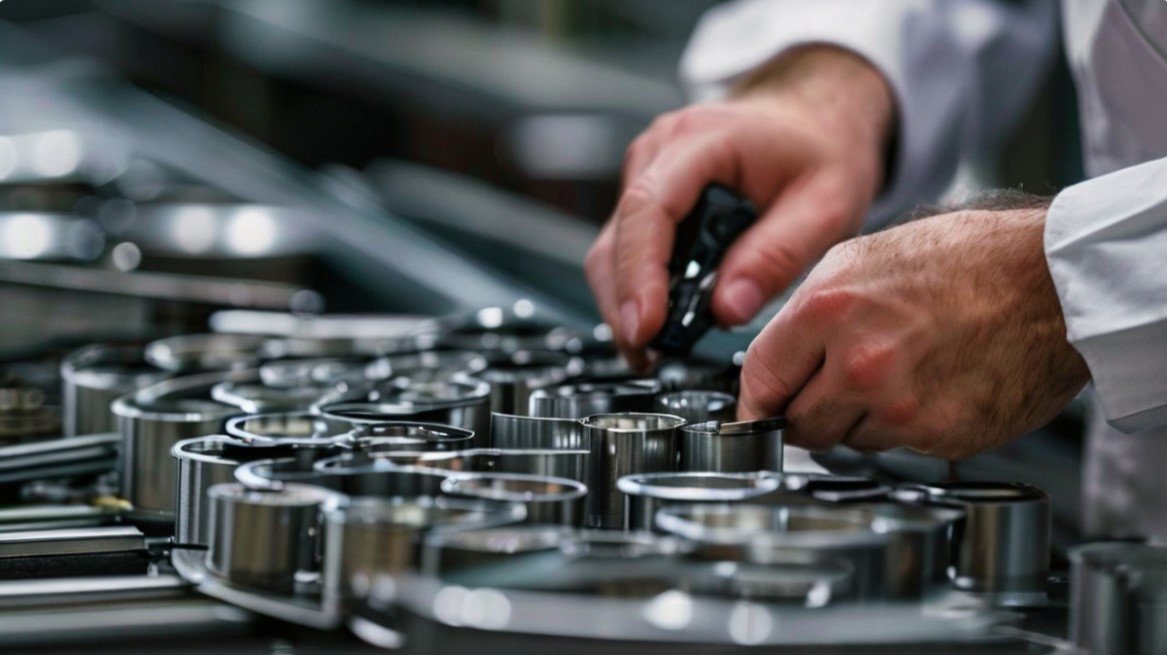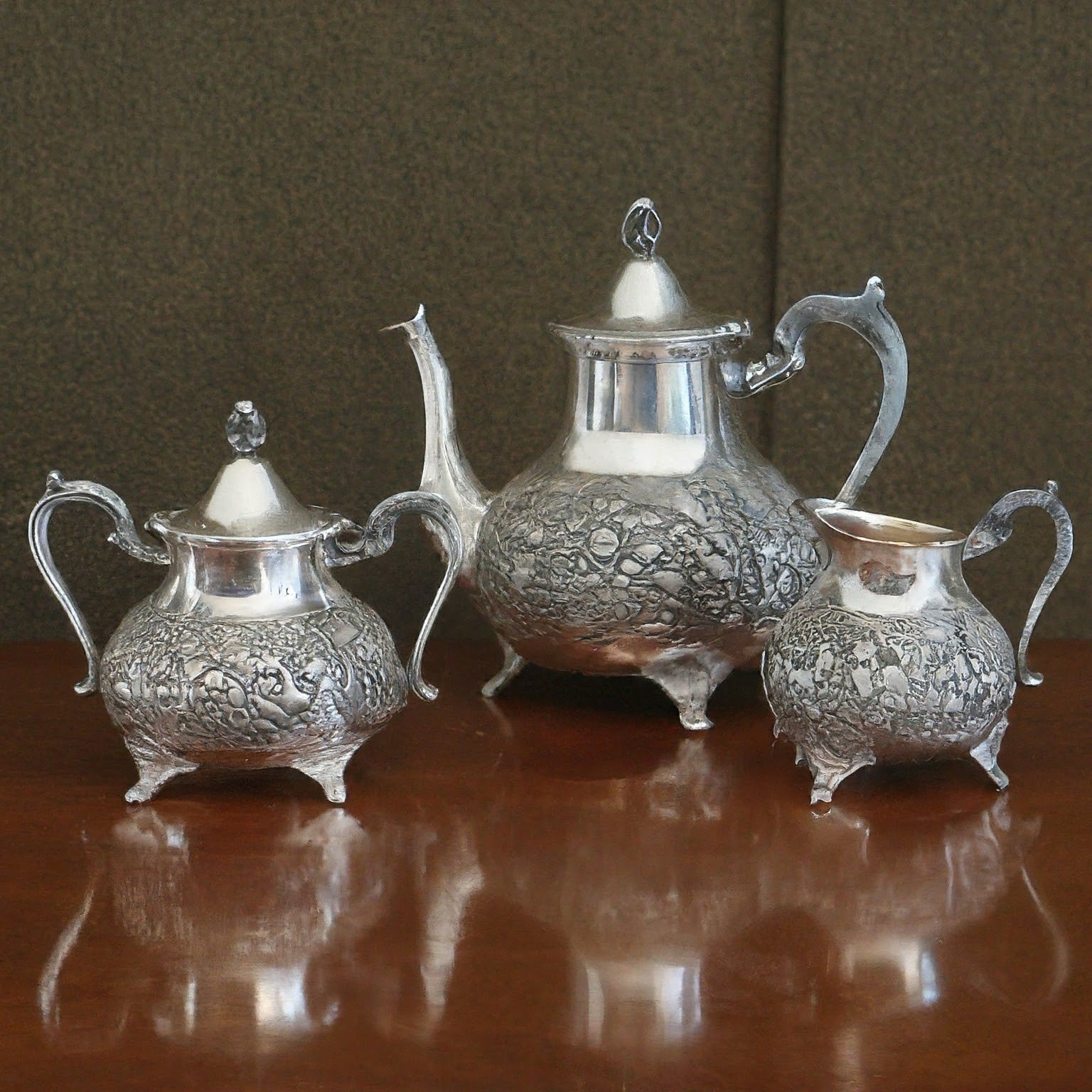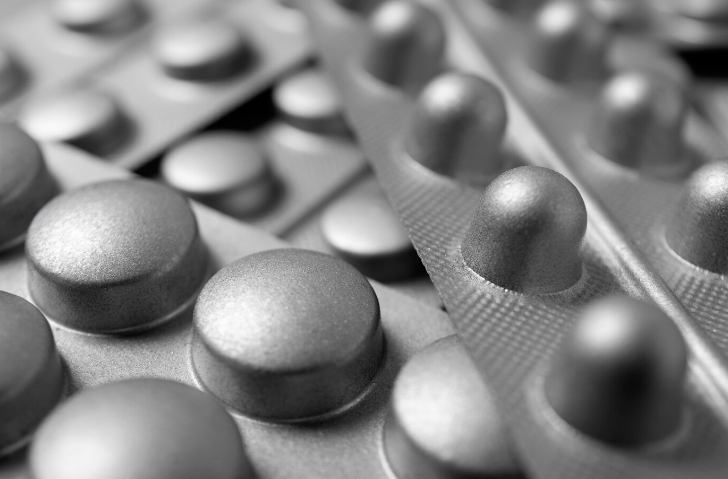How to use rectifiers correctly in electroplating and anodizing applications
On a metal finishing processing line, among many design factors, choosing a rectifier with correct technical specifications and capacity based on production capability is very important. Predicting a production capability on most lines on a long term, particularly for a job shop is tough.
However, a correct choice on the capacity of a rectifier and on technical specifications will turn errors to account on a process performance.
Besides specifications, cost of a rectifier, power consumption and automation capability are significant considerations for a meticulous procurer.
IGBT and SCR Rectifiers
There are two types of rectifiers – Insulated gate bipolar transistor (IGBT) switch mode and silicon-controlled rectifier (SCR) thyristor. SCR rectifiers are suitable for high voltage and high ampere applications, but IGBT rectifiers possess higher efficiency, greater power factor, higher resolution, faster response time and constant ripple. Ripple matters in a plating application with an SCR rectifier and on precious metals plating.
Using a rectifier at the lower end of its rated capacity affects the ripple factor. On some applications there will be a negative influence on current distribution and throwing power of the deposit. A few deposits are tolerant than others. Precious and other transition elements differ in this attribute. Much of them are because of price. At a sub optimal capacity combined with a poor specification, a rectifier can yield a deposit with defective morphology compromising adhesion and the physical characteristics.
Note: Ripple is not the only cause a compromise can occur on the morphology of a deposit. Among many other variables, Helmholtz electrical double layer effect has a substantial effect on the morphology with the continuity of the deposit.
Other than ripple, there are cost impacts. A client of Advint, about 3 years back, purchased a 25,000 amperes rectifier. On most loads they had applied ~ 10,000 amps and seldom they applied 15,000 amperes. And the applicator does not foresee applying 20, 000 amperes within the next few years. The tank volume and the rack capability do not support the calculation. In hindsight, the applicator could have saved by considering a lower ampere rectifier (written with the Applicator’s consent).
On high ampere applications, power consumption is an important factor. When the distance between shunt and electrode terminals are higher, power consumption (resistivity) and cost is high.
Automation and Digital Control
On automatic applications, metal finishing industry uses human-machine interface (HMI) and programmable logic controller (PLC) capabilities for a long time. These interfaces are useful for current density calculations, plating time, ampere hour (AHR) control and chemical metering or dosing system, though the options are limitless. All chemical variables in a process are not consumed by electrolysis, rather a few follows adsorption mechanism. On these cases the use of PLC’s ladder logic, count down or count up timer will help. The MODBUS RS 485 serial communication protocol is the standard now to monitor and control the system. When a rectifier possesses higher end capability, and we maximize utilization even on a manual application, an applicator can see an advantage in labour cost and process control.
Ensuring we do not overload a rectifier, can extend the life of the rectifier. A periodic preventative maintenance program will support the same cause.
A Brief Idea
This short paper has brought to light the advantages of IGBT rectifier and the use of HMI/PLC interfaces with MODBUS RS 485 serial communication protocol.
Due diligence on specifications and productivity planning reduces fixed and marginal costs, improves the quality and consistency of the coating (electroplating deposit and anodized layer) processes.
Learn More

Posted By:Venkat Raja
Mar 01, 2020
Tags:







